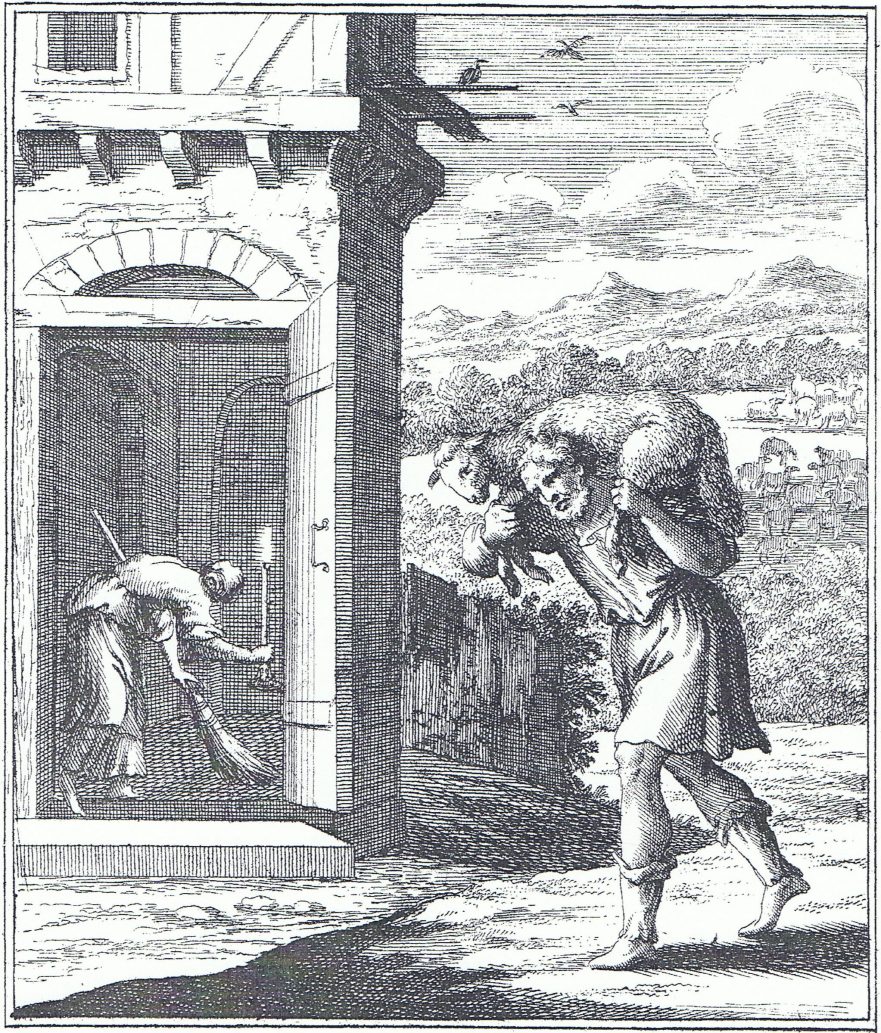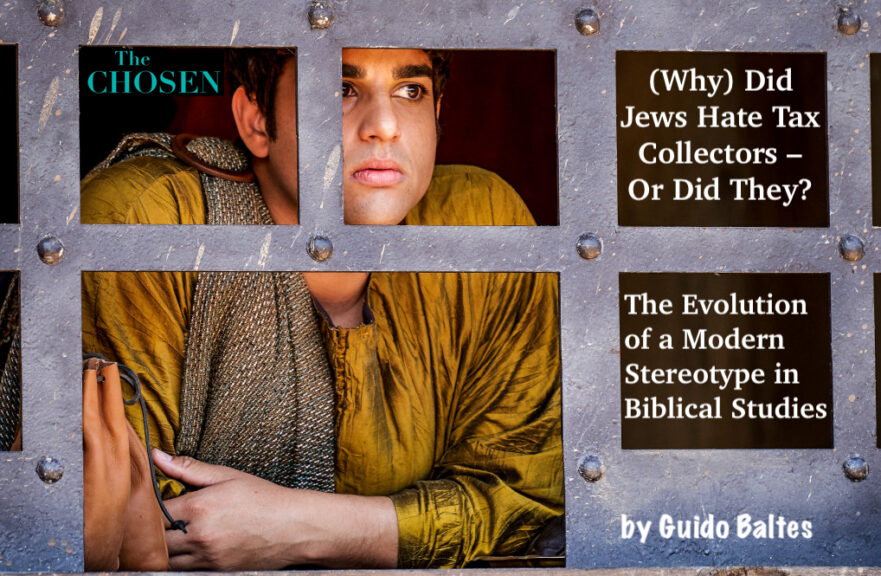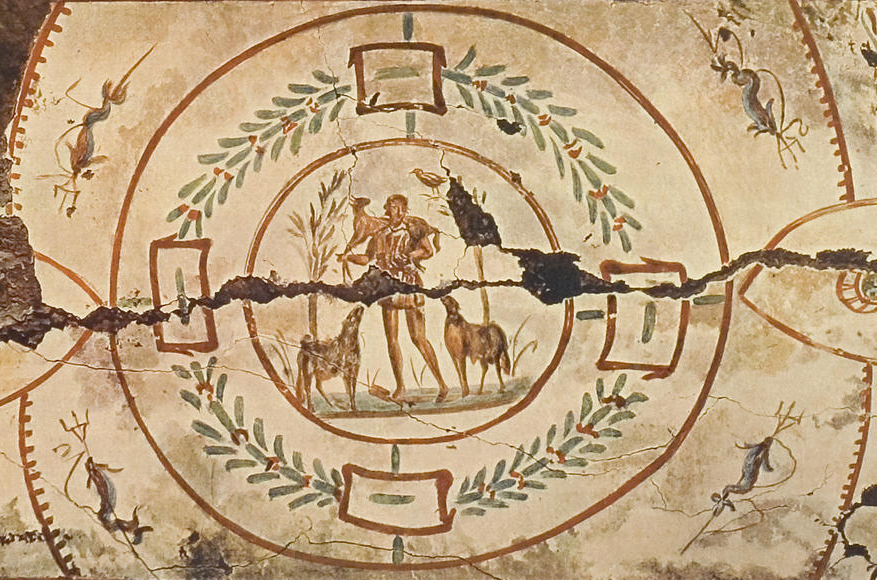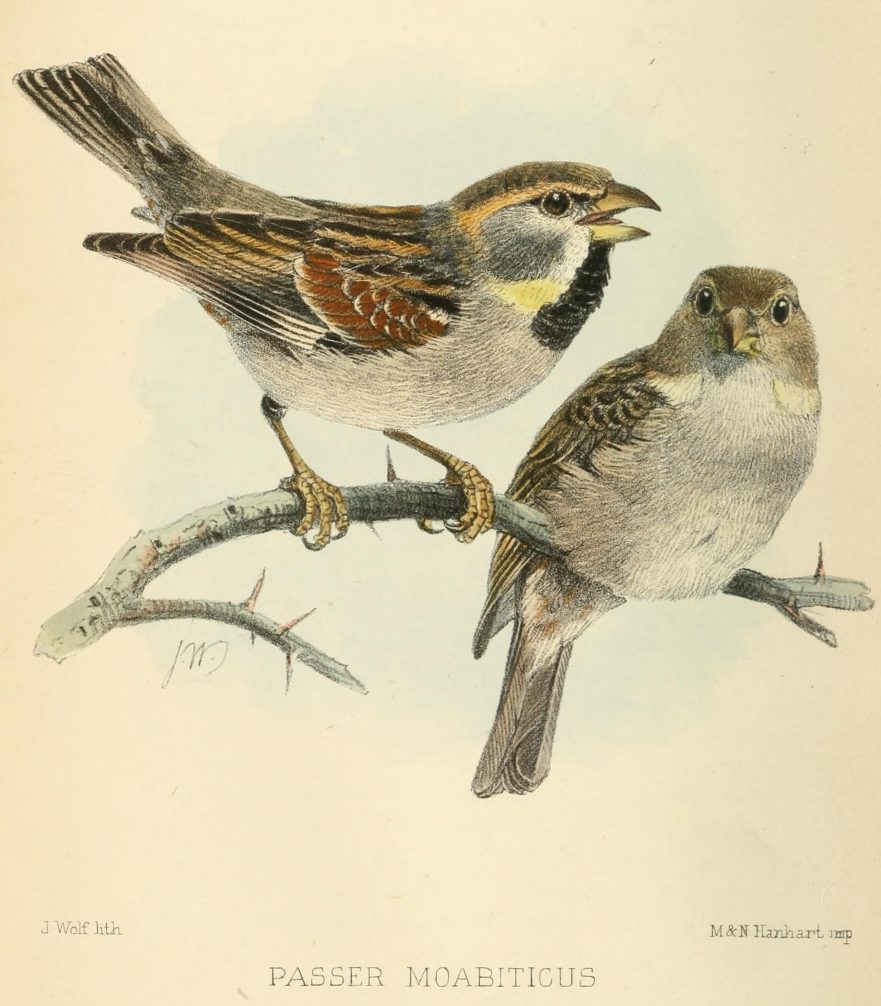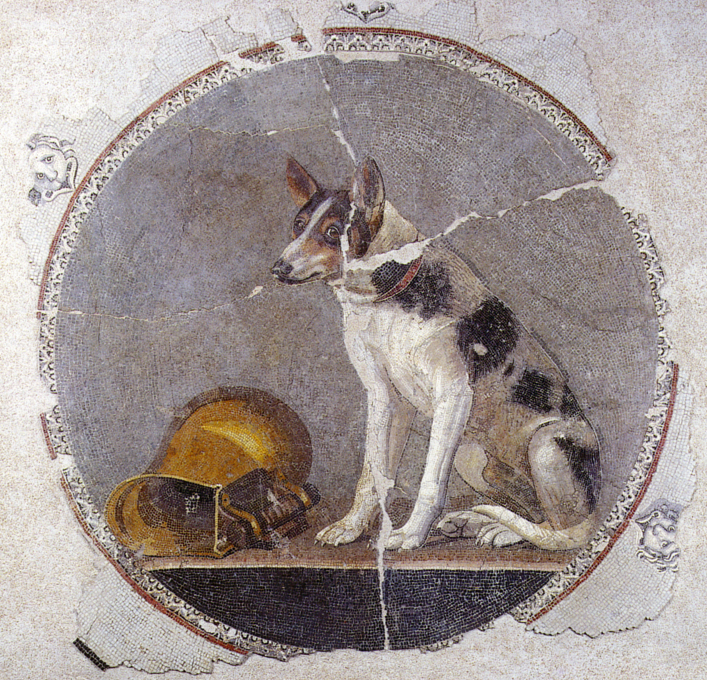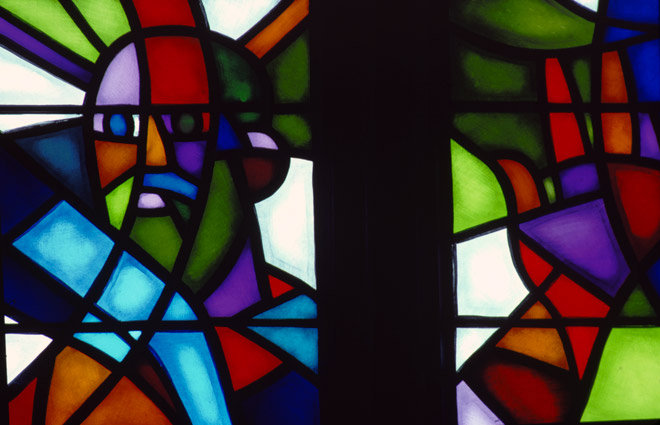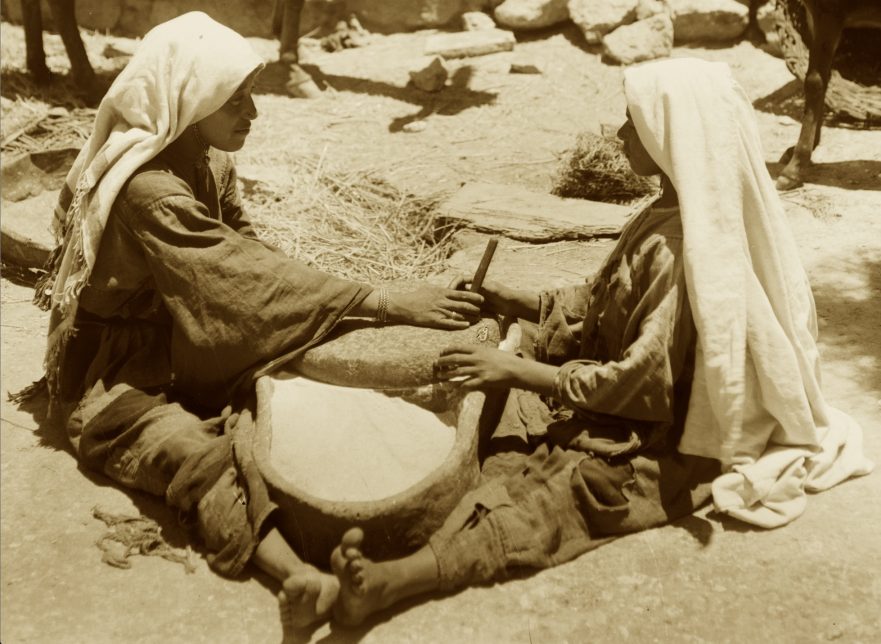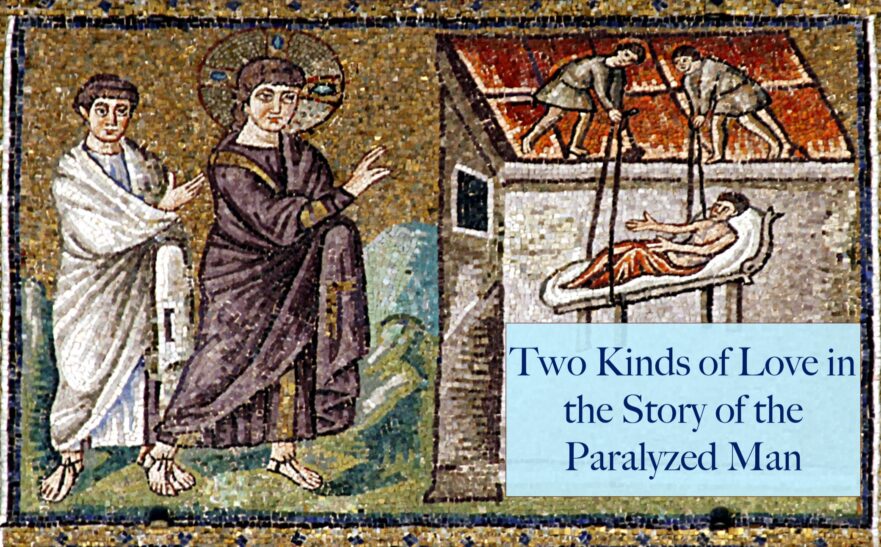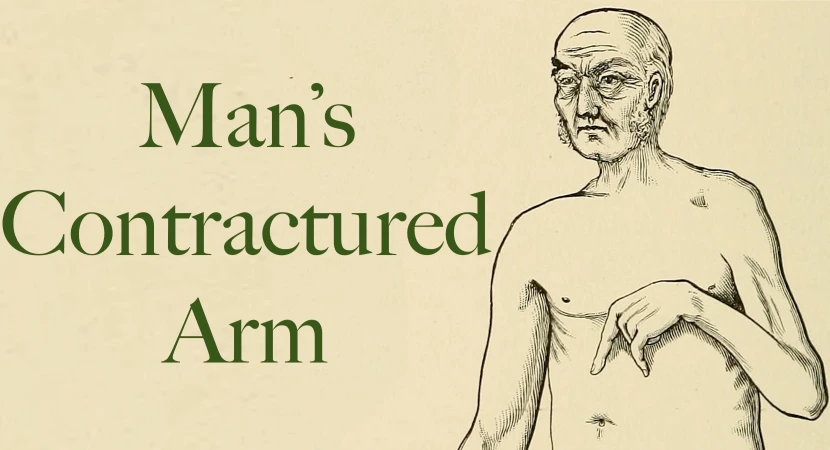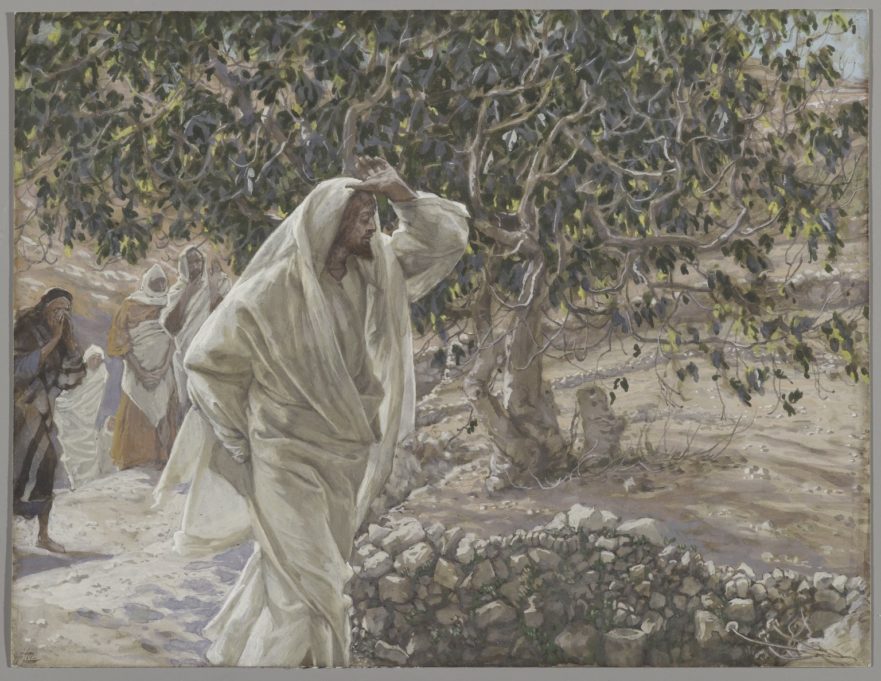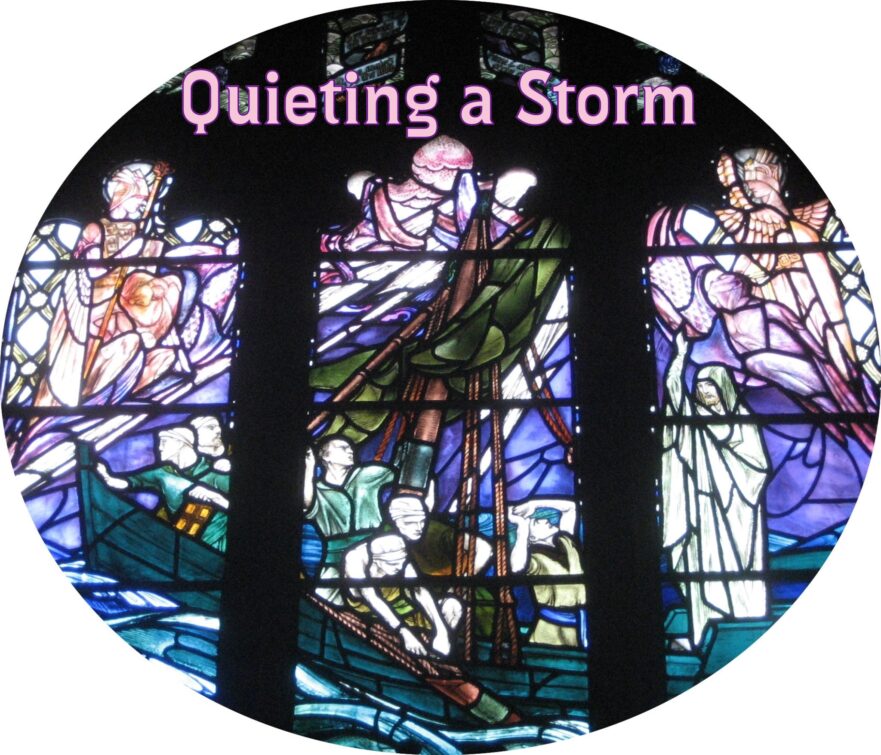Matt. 6:25-34; Luke 12:22-31
(Huck 35, 157; Aland 67, 201; Crook 49, 236)For abbreviations and bibliographical references, see “Introduction to ‘The Life of Yeshua: A Suggested Reconstruction.'”… According to Lindsey, the Miryam and Marta story (Luke 10:38-42) was the narrative introduction of a teaching complex that included not only Yeshua’s Discourse on Worry (Matt. 6:25-34 ∥ Luke 12:22-31), but also the Rich Fool parable (Luke 12:16-21) and the Rich Man and Lazar parable (Luke 16:19-31), which he regarded as twin illustrations…. In support of his reconstruction, Lindsey noted that Jesus stated that Martha was “worried” about many things (Luke 10:41), which corresponds to Jesus’ instruction “Do not worry” in Yeshua’s Discourse on Worry (Matt. 6:25 ∥ Luke 12:22)See Lindsey, JRL, 101.Lindsey also believed that the description of the birds that do not store in barns (Matt. 6:26; cf. … Moreover, Lindsey found his reconstruction to be satisfying because it supplied the identity of the mysterious “one thing is needed” (Luke 10:42), namely, “Seek first the Kingdom of God” (Matt. 6:33 ∥ Luke 12:31).

